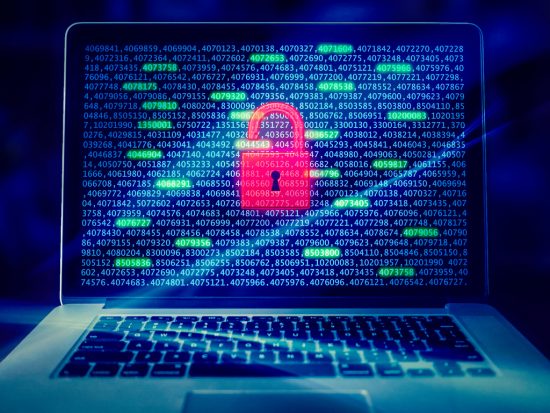
You might have come across the recent revelation by Yahoo about the breach of over 1 billion user accounts, making it one of the largest ever single-source data breaches in the history of cybercrime.
It’s a shocking incident, but unfortunately not an isolated one. In recent years, there have been numerous examples of high-profile data hacks. Some of the biggest enterprises in the world, including Google, Facebook, IBM and Microsoft to name a few, have witnessed security breaches in recent times.
Cybercrime is on a steady rise and security experts are finding it a real challenge to deal with data security breaches, consumer privacy violations, identity thefts, authentication failures and other forms of security issues. Ransomware attacks are the latest addition to the growing list of cybercrimes. In fact, it has become the fastest growing type of malware intrusion scam to hit the world of cyber security today.
What is Ransomware?
Ransomware is a malicious executable program that cyber criminals use to steal (or lock) confidential files from your computer, and demand payment from you to get them back. The malware is programmed to encrypt specific files or folders residing in a computer system. Once the file gets encrypted, the user must use a decryption key which is only available to the hacker. And the user is asked to pay a fee (ransom) for getting that decryption key.

How to Prevent Ransomware Attacks?
One fine day, you switch on your computer to find out that you don’t have access to one of your important files/folders. And then you get a message demanding money for the file to be unlocked!
It’s not difficult to imagine the plight of people who have been targeted with ransomware attacks. Every types of businesses and individuals using internet for day-to-day activities are vulnerable to ransomware attacks.
So how do you protect yourself from becoming a victim of ransomware? Here are 5 best practices to protect yourself from ransomware attacks.
- Keep Regular Backups
Keeping regularly updated backups of your data is the easiest way to protect yourself from ransomware attacks. If you are attacked by ransomware threats, you may lose access to the original file, but your backup copy will not get affected. You can easily restore the locked/stolen file from the stored backup.
To be on the safer side, don’t store the backup on a device connected to your network. Rather use an external media to store the backup copy and keep it isolated from the workgroup systems. The key is to have a backup device that is connected to your network only during the backup process and disconnected at all other times. That way the hacker would never be able to compromise the files stored in your backup device.
- Don’t Run Unknown ‘Exe’ Files
Ransomware usually arrives in an executable file format via unsolicited emails. So never run unknown ‘.exe’ files that you receive as email attachments. Instead make it a point to thoroughly scan any executable files that you receive from unknown sources. If your mail gateway scanner has the ability to filter files by extension, then you may block and quarantine the delivery of emails that contain ‘.exe’ files.
- Disable Automated File Execution
Beware of auto-downloadable executable files that may unknowingly get downloaded to your hard-drive while browsing internet. Hackers can use this technique to inject ransomware. You can disable auto-run feature in your operating system to prevent such files from being executed automatically.
- Disable Remote Services
Ransomware threats can creep into your system when remote services are enabled on a network computer. Hackers often access target systems via RDP, bluetooth connectivity or infrared ports. So make it a point to disable RDP access and switch off unused wireless connections to prevent ransomware attacks.
- Keep All Your Software & Applications Up to Date
Software vulnerability is one of the most common infection vectors when it comes to ransomware attacks. Make sure all the software and application programs installed on your system, including the operating system, anti-virus program, web browser and other plugins, are updated regularly. Ransomware attackers frequently rely on people running outdated software with known vulnerabilities. Keeping your software programs up-to-date helps minimize the attack surface, thereby eliminating the risk of your system being compromised through software vulnerabilities.
Final Words:
The best form of defense against ransomware is to be proactive about the potential threats. As they say, ‘prevention is better than cure’. There is no point in looking back after a disaster strikes.
Ransomware can certainly be frightening, but there is no reason why you can’t give a strong fight back. By following the best practices discussed in this article, you can take a sound proactive stand and protect yourself from being a victim of ransomware attacks.
